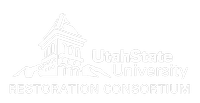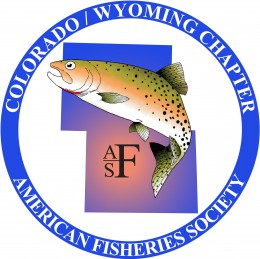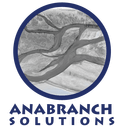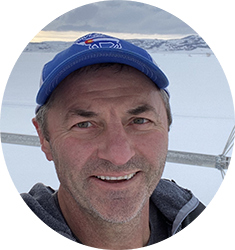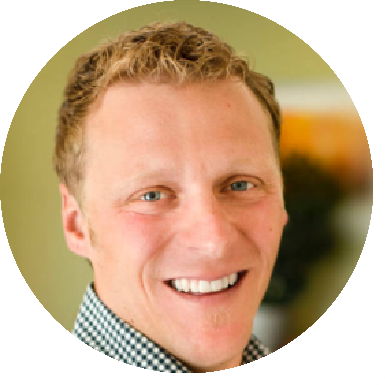American Fisheries Society Virtual Workshop: Low-Tech Process-Based Restoration of Riverscapes
March 2, 2022
Description
This half-day virtual-based workshop will be presented as part of the American Fisheries Society Continuing Education Program at the Colorado/Wyoming annual meeting. The workshop is intended to introduce resource managers, land-owners, and conservation groups to ‘low-tech’ process-based (LTPBR) approaches for restoring streams and their associated riparian areas (riverscapes) to benefit fish and wildlife. People that have some knowledge of LTPBR can also benefit as the instructors will be providing lessons learned from assessing, planning, and implementing dozens of LTPBR projects across a wide variety of geographic settings in multiple states. Participants will learn principles guiding low-tech process-based restoration, become familiar with basic beaver ecology, and different types of low-tech structures, including Beaver Dam Analogues (BDAs) and Post-Assisted Log Structures (PALS). The focus of the workshop will be on the guiding principles, the construction of different low-tech structures, and the impairments the structures can treat. Specific examples related to fish population responses will be presented.
Resources & Course Materials
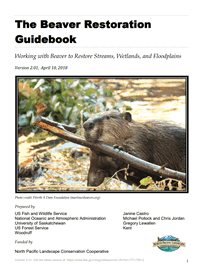 Because the course will be online, it will be helpful to refer to digital copies of the Design Manual and the Pocket Guide. We encourage workshop participants to review Module 1 of the online resources or Chapter 1 of the Design Manual can be viewed either as videos or pdf documents. We encourage workshop participants to review some of the lecture material before the workshop.
Because the course will be online, it will be helpful to refer to digital copies of the Design Manual and the Pocket Guide. We encourage workshop participants to review Module 1 of the online resources or Chapter 1 of the Design Manual can be viewed either as videos or pdf documents. We encourage workshop participants to review some of the lecture material before the workshop.
How to Sign Up
To sign up, please contact Dan Kowalski, Aquatic Resource Specialist at dan.kowalski@state.co.us; tel. (970) 252-6008
Instruction Team
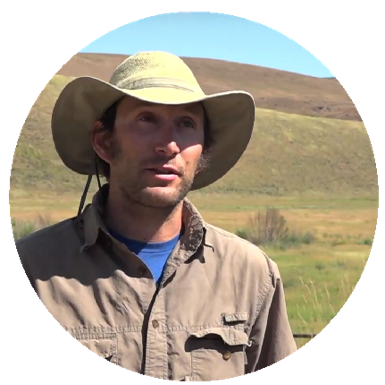
Scott Shahverdian
Geomorphologist & Designer, Anabranch SolutionsAgenda
1. Introductions & Agenda
800:00-8:15
Introductions, Agenda, & Goals of Workshop - Steve
Slides: 1. Introductions and Goals
- Introductions, Goals, Agenda, and Logistics
- Who reviewed Module 1 or read Chapter 1 of the Design Manual?
2. Background and Principles
8:15-8:30
Background and Purpose ( Pocket Guide p.5, Design Manual Ch.1) - Steve
Slides: 2a. Scope of the Problem
- Scope of Problem
- General degradation; loss and importance of structure (beavers and wood)
- Questions/Discussions/Exercises 5-10 mins
8:30-9:00:
Guiding Principles ( Pocket Guide p.1, Design Manual Ch.2) – Steve/Scott
Slides: 2b. LTPBR Riversape Principles
Slides: 2c. LTPBR Restoration Principles
- Riverscape Principles - Steve
- Restoration Principles - Scott
- Questions/Discussions/Exercises 5-15 mins
3. Assessment, Approachs and Implementation
9:00-9:45
Connecting Observations with Goals and Objectives ( Pocket Guide p.7, Design Manual Ch.3) – Scott
Slides: 3a. Planning, Uncertainty and Adaptive Management
- Uncertainty - Adaptive Management and Expectation Management
- Think about hydrology, geology, sediment supply, confinement, riparian, other
- Reading riverscapes - Valley Bottom, Recovery Potential, Risk Assessment
- Questions/Discussions/Exercises 10-15 mins
9:45-10:00
Low-tech Approaches & Implementation ( Pocket Guide p.23, Design Manual Ch.4&6) - Steve
Slides: 3b. LTPBR Approaches & Implementation
- Low-tech toolbox (beaver mgt, riparian mgt, forestry mgt, structures)
- Connect these back to degradation
- Questions/Discussions 5 mins
10:00-10:15
–BREAK–
4. Science and Policy
10:15-11:00
Science behind Low-tech process-based restoration (Module 1) – Steve/Scott
Slides: 4a. Supporting Science
Slides: 4b. Where LTPBR Doesn’t Work*
- Case-studies of riparian and beaver management, and low-tech structure projects
- Where it works – Steve
- Where it does not - Scott
- Questions/Discussions/Exercises 5-10 mins
11:00-11:15
CO/WY and Engineering Constraints aka FEMA (Module 5C) – Brian
Slides: 4c. CO/WY and Engineering Constraints
- Social, permitting, and legal aspects of low-tech design and implementation in CO/WY
- Quetions/Discussions/Excercises 5-10 mins
5. Discussion and Questions
11:15-12:00
Participant Discussion Topics/Ask a Low-tech Practitioner a Question - A
- Class participation and discussion on material presented and other topics
- Pre-submitted questions/discussion topics 15-25 mins
- Live questions/discussion topics 15-25 mins

